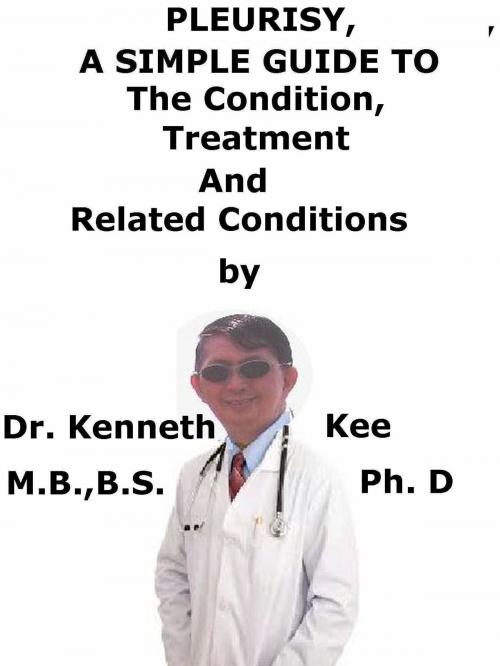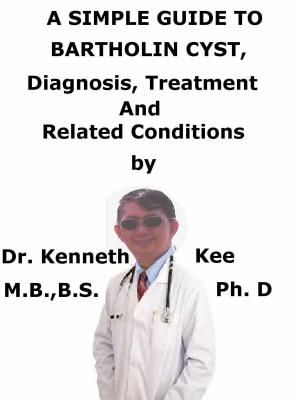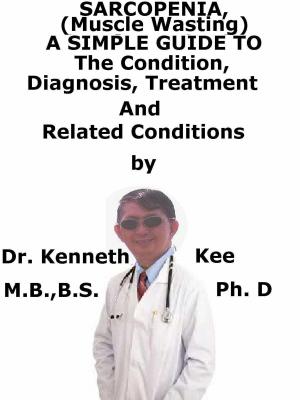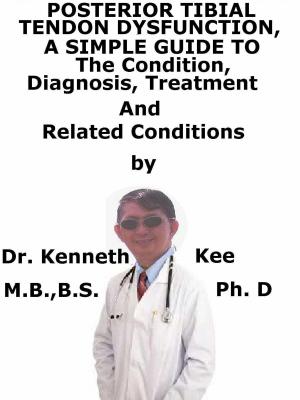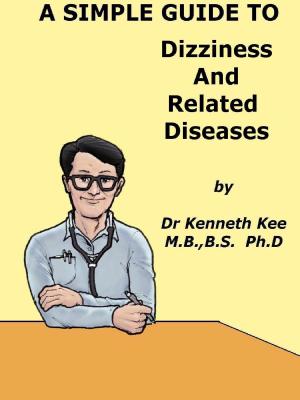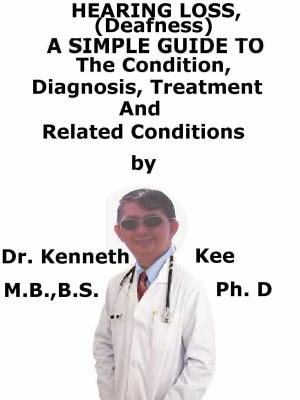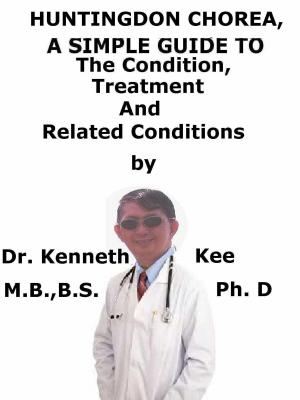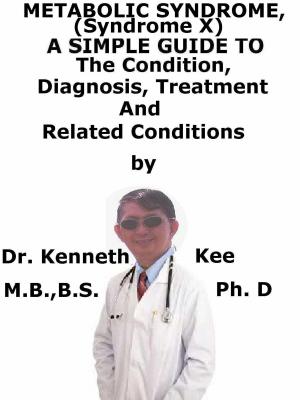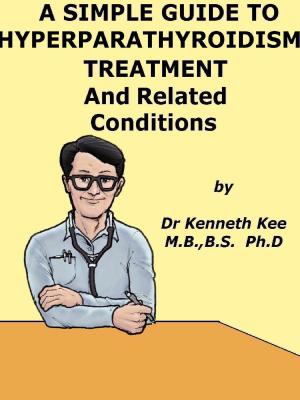Pleurisy, A Simple Guide To The Condition, Treatment And Related Conditions
Nonfiction, Health & Well Being, Medical, Specialties, Pulmonary & Thoracic, Health, Ailments & Diseases, Respiratory| Author: | Kenneth Kee | ISBN: | 9781370835058 |
| Publisher: | Kenneth Kee | Publication: | November 3, 2016 |
| Imprint: | Smashwords Edition | Language: | English |
| Author: | Kenneth Kee |
| ISBN: | 9781370835058 |
| Publisher: | Kenneth Kee |
| Publication: | November 3, 2016 |
| Imprint: | Smashwords Edition |
| Language: | English |
Pleurisy is inflammation and irritation of the lining of the lungs and chest (the pleura) that leads to chest pain (usually sharp) when you take a breath or cough.
Pleurisy may develop when you have lung inflammation secondary to:
a. Infections such as pneumonia or tuberculosis.
b. Pulmonary Embolism
c. Bronchiolitis
This inflammation also causes the sharp chest pain of pleurisy.
It may also occur with:
a. Asbestos-related disease
b. Certain cancers
c. Chest trauma – neck and rib fractures
d. Fibrous adhesions
The main symptom of pleurisy is sharp stabbing pain in the chest.
This pain often occurs when you take a deep breath in or out, or cough.
Some people feel the pain in the shoulder.
Deep breathing, coughing and chest movement makes the pain worse.
Pleurisy can cause fluid to collect inside the chest cavity.
b. This can make breathing difficult and may cause the following symptoms:
i. Bluish skin color (cyanosis)
ii. Dry painful Coughing
iii. Shortness of breath
When you have pleurisy, the normally smooth surfaces lining the lung (the pleura) become rough.
They rub together with each breath and may produce a rough, grating sound called a "friction rub."
The doctor can hear this sound with the stethoscope, or by placing an ear against the chest.
CT scan of the chest: CT scan may show the inflammation of the pleura and pleural effusion
Thoracentesis: tapping of pleural effusion will identify the underlying cause
Treatment depends on what is causing the pleurisy.
Bacterial infections are treated with antibiotics.
Surgery may be needed to drain infected fluid from the lungs.
TABLE OF CONTENT
Introduction
Chapter 1 Pleurisy
Chapter 2 More Facts of Pleurisy
Chapter 3 Treatment of Pleurisy
Chapter 4 Pleural Effusion
Chapter 5 Pneumonia
Chapter 6 Cancer Lung
Chapter 7 Pneumothorax
Epilogue
Pleurisy is inflammation and irritation of the lining of the lungs and chest (the pleura) that leads to chest pain (usually sharp) when you take a breath or cough.
Pleurisy may develop when you have lung inflammation secondary to:
a. Infections such as pneumonia or tuberculosis.
b. Pulmonary Embolism
c. Bronchiolitis
This inflammation also causes the sharp chest pain of pleurisy.
It may also occur with:
a. Asbestos-related disease
b. Certain cancers
c. Chest trauma – neck and rib fractures
d. Fibrous adhesions
The main symptom of pleurisy is sharp stabbing pain in the chest.
This pain often occurs when you take a deep breath in or out, or cough.
Some people feel the pain in the shoulder.
Deep breathing, coughing and chest movement makes the pain worse.
Pleurisy can cause fluid to collect inside the chest cavity.
b. This can make breathing difficult and may cause the following symptoms:
i. Bluish skin color (cyanosis)
ii. Dry painful Coughing
iii. Shortness of breath
When you have pleurisy, the normally smooth surfaces lining the lung (the pleura) become rough.
They rub together with each breath and may produce a rough, grating sound called a "friction rub."
The doctor can hear this sound with the stethoscope, or by placing an ear against the chest.
CT scan of the chest: CT scan may show the inflammation of the pleura and pleural effusion
Thoracentesis: tapping of pleural effusion will identify the underlying cause
Treatment depends on what is causing the pleurisy.
Bacterial infections are treated with antibiotics.
Surgery may be needed to drain infected fluid from the lungs.
TABLE OF CONTENT
Introduction
Chapter 1 Pleurisy
Chapter 2 More Facts of Pleurisy
Chapter 3 Treatment of Pleurisy
Chapter 4 Pleural Effusion
Chapter 5 Pneumonia
Chapter 6 Cancer Lung
Chapter 7 Pneumothorax
Epilogue
